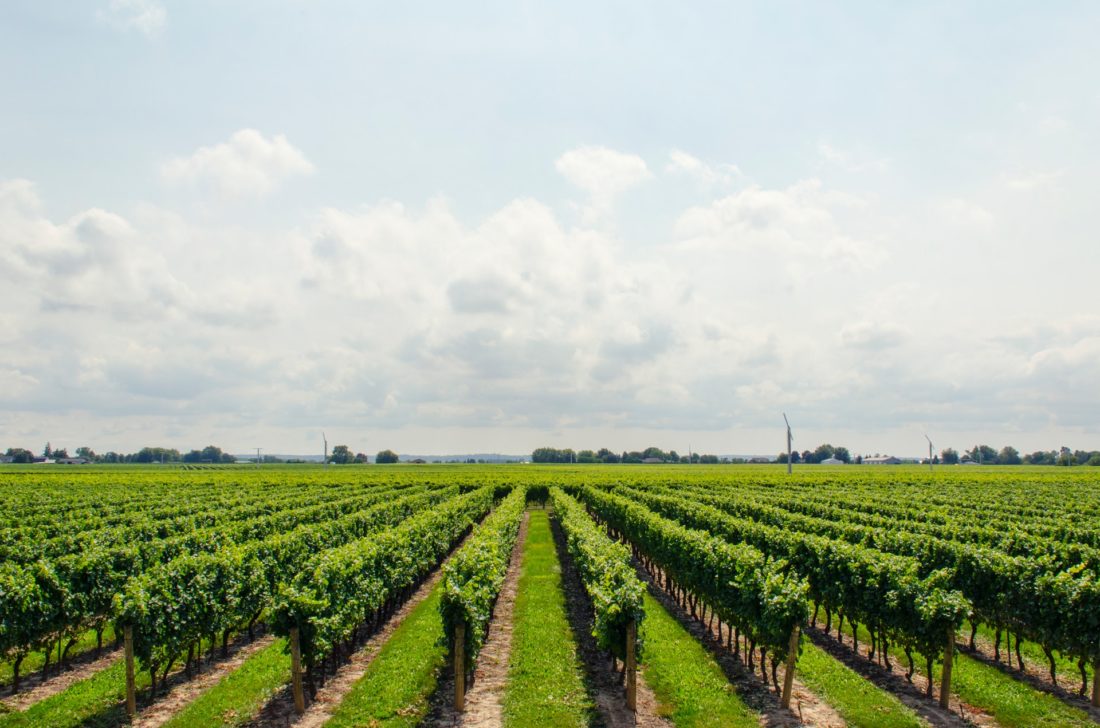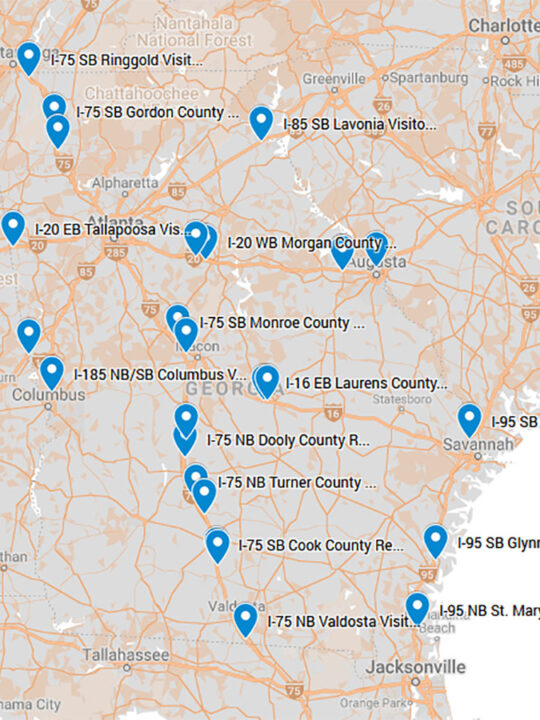 Vosne-Romanee is a small commune of Cote de Nuits located in the Burgundy region of France. Considered as one of the most popular go-to places of the Burgundy region, Vosne-Romanee is the home of many Grand Crus which are among the most expensive wines across the globe.
Vosne-Romanee is a small commune of Cote de Nuits located in the Burgundy region of France. Considered as one of the most popular go-to places of the Burgundy region, Vosne-Romanee is the home of many Grand Crus which are among the most expensive wines across the globe.
The community is known for its extraordinary wine, but aside from this, Vosne-Romanee has a lot to offer besides vineyards and wineries. Vosne-Romanee is part of history since the early 1600s earning so much respect from notable wine critics like the ones you can find in Sokolin Wine Ratings.
The area got the name Romanee because its first residents were Gallo-Romans. The estate was then a barren land that many marquesses aspired to have, but as the vines started to crawl and bear grapes, it became a target for those who are eager to explore the winery industry. Vosne-Romanee became a matter of a heated auction between Prince of Conti and King Louis’s official mistress, Madame Pompadour. Romanee became Romanee-Conti as the prince succeedingly won the auction.
The soil of Romanee-Conti continued to yield a fantastic harvest every year that started many businesses near the area. It slowly rose to fame carrying the name of the land. Today, we visit and explore the tourist spots of the famed commune and learn about what made visitors come back to Vosne-Romanee.
Table of Contents
Hospices de Beaune
After signing the Treaty of Arras that ended the Hundred Year War, the conquest for bloodlust didn’t stop there. Pillaging and massacres continue to disturb the place, and many were injured that pushed many residents into famine and misery. The chancellor of the Duke, Nicolas Rolin, initiated the development of the hospital for the poor or Hotel-Dieu de Beaune.
The Hospices de Beaune continued to operate until the 1970s. The place became a living example of Northern Renaissance civic architecture; it also has samples of panel painting of the Rolin family. The polychrome glazed-tile roof became an immediate trademark of Burgundy in their infrastructure. At the center of the courtyard is a gothic ironwork that completes the ensemble.
Today, Hotel-Dieu de Beaune is now a museum, a famous tourist spot in Vosne-Romanee. Every year during Les Trois Glorieuses, a three-day festival for Burgundy food and wine, the museum hosts a wine auction that connects people from around the globe.
Palace of the Dukes of Burgundy
Before the Fifth Republic of France, Burgundy is an independent kingdom ruled by the Carolingian kings. The King and Queen stayed in Palais des Ducs de Bourgogne or the Palace of the Dukes of Burgundy.
Like Hotel-Dieu de Beaune, the palace also shows the architectural trademark of the region. But upon renovation in the 17th century, it shows more of a classical style. The town hall is also in the palace. Today, the Palace is a must-see destination in the region that is frequently visited by visitors.
Domaine de la Romanee-Conti
Also known as DRC is the brightest star of the region. It is the most popular and the most sought around the globe, which may mean that it might be a little pricey, but according to the famous saying “It’s not a wine, you can afford.” Domaine de la Romanee-Conti houses eight Grand Cru appellations for red wine and white wine namely: La Tache, Richebourg, Montrachet, Romanee St Vivant, Echezeaux and Grand Echezeaux.
Domaine de la Romanee-Conti wines cost no less than 1000USD. The producers also release a small number of cases per year to assure quality. It is impossible to buy a whole case of wine from DRC unless you are willing to pay thousands of dollars, even so, DRC started retail marketing for their wines.
Occasionally, Domaine de la Romanee-Conti allows estate tours and wine tasting for visitors, but it is usually up to them. Also, to assure entrance, private luxury guided tours became possible through the commune tourism. So, if you want to pay a visit, make sure to RSVP or bring a lot of cash. Remember, you can’t always visit Burgundy’s most prestigious wine estate.
Church of Notre Dame of Dijon
A Roman Catholic church in Dijon that shows a gothic architectural design is one of the most visited destinations in Vosne-Romanee. Before it was a huge Catholic church, there lies a little chapel Sainte-Marie. The architecture adapted a Romanesque architectural design, but in 1220, the residents of Dijon incorporated the gothic style in the church.
The people of Dijon preserved the Church of Notre Dame of Dijon as it became a historic place in their development. The church became famous, also because of the added designs like the gargoyles, Jacquemart, and the owl. It lies in the center of the old city that is a popular destination among tourists.
Takeaway
Vosne-Romanee is a special place not just for its residents, but it also captures the architectural development of France from different centuries. The Hospices de Beaune, Palace of the Dukes of Burgundy, Domaine de la Romanee-Conti and Church of Notre Dame hold importance as it signifies the revolution and advancement of the region, how it united people together and these people preserved its greatness.
Author’s Bio:
Scarlett Wells is a full-time writer and wine expert. She is an active critique examining all levels of wine types so she can produce reviews and articles that will help guide every consumer in selecting the right kind of wine to drink. Aside from that, she wrote a lot of blogs maximizing the real usage of wines.







